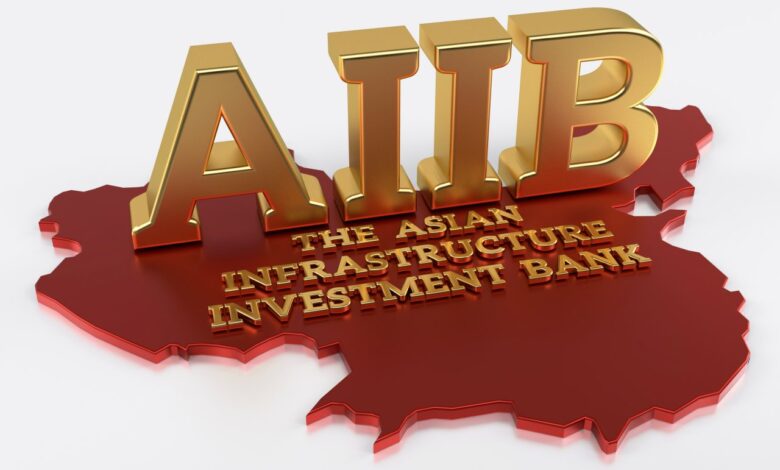China keeps an eye on Latin America: Peru and Venezuela sign IGNORE INTO the AIIB


The Asian Infrastructure Investment Bank, a financial institution directed to invest in infrastructure projects, is quickly becoming a potential competitor –or ally– for the World Bank and the Asian Development Bank. Since its foundation in January of 2016, it has gained 70 members –including official and prospective members– and it’s drawing attention from important economies all across the globe. Its more recent approved applicants include Canada, Hong Kong, Peru and Venezuela. And, aside from its popularization, it has a capital of 100 billion –half of the World Bank–. It’s, without a doubt, the fastest growing financial institution at the moment.
Although the AIIB’s main mission is to “improve economic and social development in Asia”, the inclusion of Peru and Venezuela implies that Latin American infrastructure will also be financed and, hence, will increasingly be more dependent on Chinese labor force. In fact, this could also lead –and its highly likely that it will– to an increase in resource extraction from China in Latin American countries. Alex McMillan, CNN and Reuters’ business reporter, even argues that this resembles the “soft colonialism” that Beijing has used in Africa. Despite the negative connotations of the term, it’s an interesting path for Peru and Venezuela.
As the need for improving infrastructure becomes more evident –and even more with recent natural disasters–, the inclusion of Latin America in the AIIB seems like a appropriate step forward in economic and political integration. Also, as we’ve heard from Donald Trump’s statements, the U.S. will move away from this type of economic agreements. So, this adds to the need of Latin American countries to find a more reliable and open funding source.
During the Obama administration, the former president already argued that the AIIB would not be on par with the standards of the World Bank. Clearly, the U.S. recognized how this new institution could jeopardize the financial dominance of the World Bank. However, as analysts argue, both institutions –along with the Asian Development Bank– could, instead of acting as competitors, work as allies.
We can’t ignore the fact that this is a clear attempt –and an effective one– from China to shift the economic leverage towards them and away from the U.S. Recent discussions with the members of the Trans-Pacific Partnership –which includes Mexico, Chile and Peru– are also a testament of China’s intentions. Is this the time to go all-in for an alliance between Latin America and Asia?




